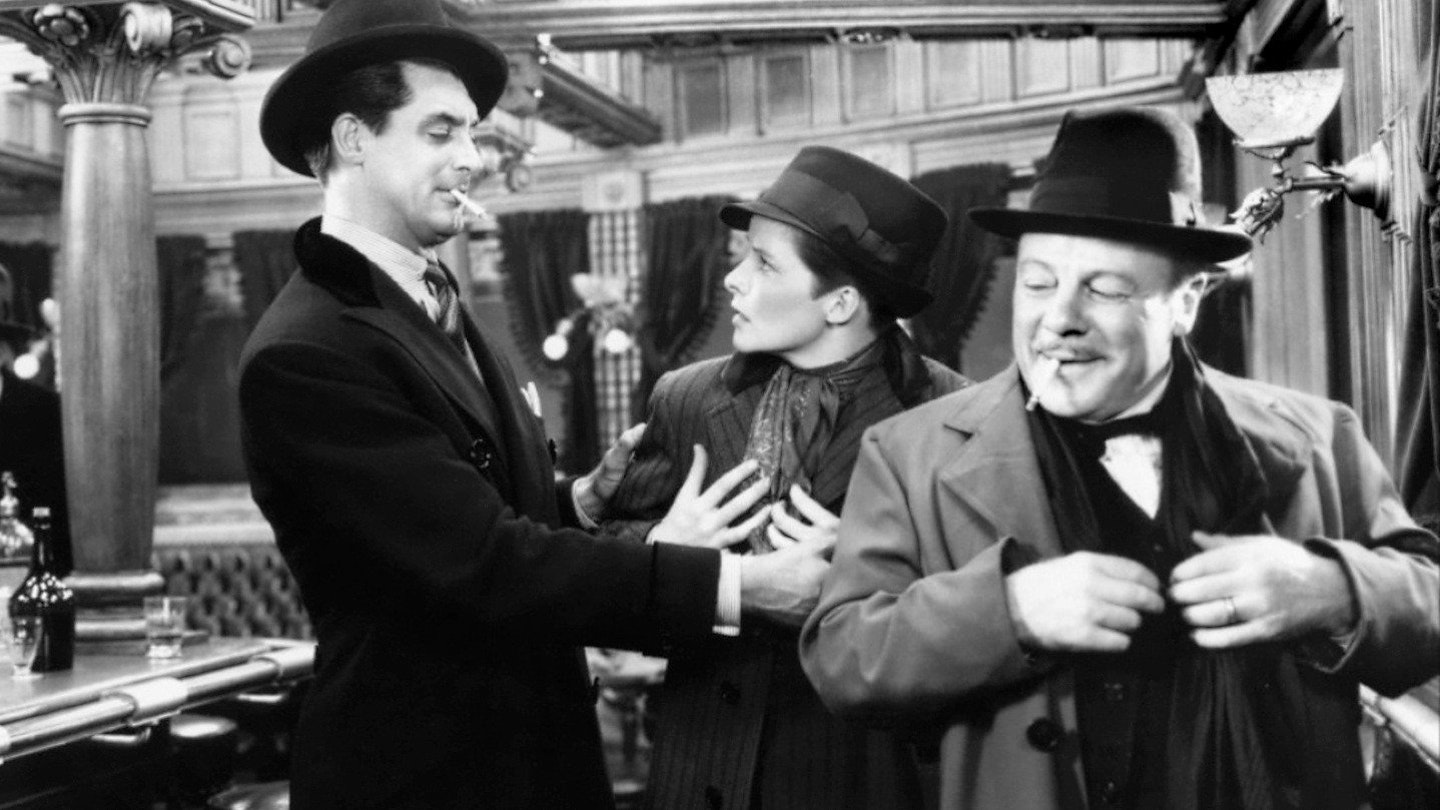A cult favourite among gay and lesbian audiences, George Cukor's adaptation of Compton Mackenzie's picaresque novel was a critical and commercial disaster. Yet he retained an inordinate fondness for it, even though its failure persuaded him against undertaking anything as contentious and unconventional for another two decades. Moreover, Katharine Hepburn later considered the premiere among her triumphs, as she not only discovered a woman in a dead faint in the washroom whom she presumed had lost the will to live because of the film's badness, but when she and Cukor offered to make a picture for free in recompense, RKO producer Pandro S. Berman opined that he never wanted to work with either of them again.
Only Cary Grant emerged from the calamity with any credit and that was, ironically, because he had been playing Archie Leach rather than the Hollywood palimpsest that he had created for himself. The Cornish setting not only returned him to his West Country roots (albeit on Californian location), but he also got to parade the vaudeville skills that had earned him his passage across the Atlantic in 1920.
But while Grant revelled in the crafty duplicity that was later said to have been an inspiration for Harry Lime in The Third Man, Hepburn was declared `box-office poison' for a cross-dressing display that confused and disconcerted in equal measures.
She invested the part of Sylvia/Sylvester with a Peter Pan puckishness that was wholly in keeping with both the fact that he was usually played by an actress in drag and with her own regard for J.M. Barrie (having already appeared in two adaptations of his works, The Little Minister, 1934 and Quality Street, 1935). But few were sure how to take either her blend of wit and melancholy or her attractiveness to both the maid who wanted to give Sylvester a moustache and a kiss and to Brian Aherne's narcissistic artist, who no longer finds him a fascinating subject once he knows that he's a she. Clearly, it was one thing to be a transvestite in Shakespeare, but in stylised reality....
